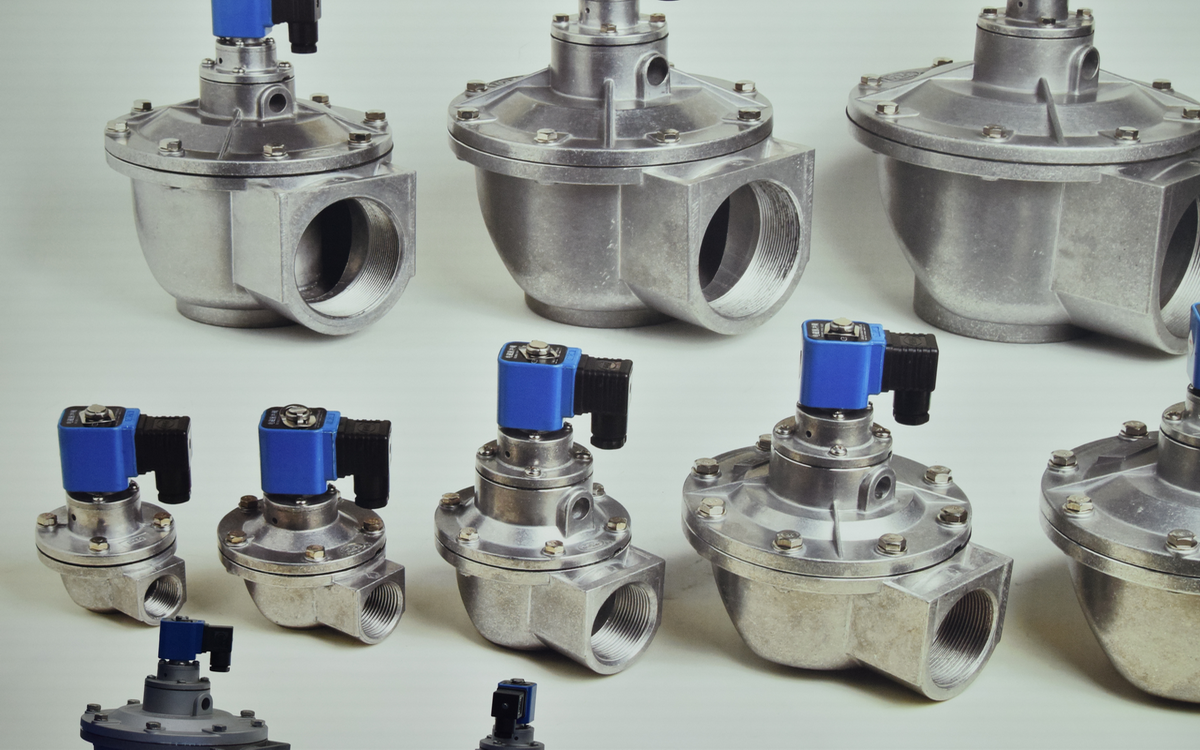
Pulse valves, also known as solenoid valves, are commonly used in pneumatic systems and control the flow of compressed air. They have several advantages and disadvantages, which I will outline below:
Advantages of Pulse Valves:
Fast and efficient operation: Pulse valves are designed to operate quickly, allowing for rapid opening and closing. This characteristic is essential in applications where precise and timely control of compressed air flow is required.
Reliability: Pulse valves are known for their reliability and durability. They are built to withstand demanding environments, including high-pressure conditions and frequent cycling, without significant wear or failure.
Compact design: Pulse valves are typically compact in size, making them suitable for installations where space is limited. This feature allows for easy integration into various pneumatic systems and equipment.
Energy-efficient: Pulse valves consume minimal power when operating, contributing to overall energy efficiency in pneumatic systems. They require short bursts of electrical energy to open and close, reducing energy consumption compared to continuously energized valves.
Versatility: Pulse valves are available in a wide range of sizes, configurations, and materials, allowing for compatibility with diverse applications. They can be used in various industries, including manufacturing, automation, dust collection systems, and more.
Disadvantages of Pulse Valves:
Limited control options: Pulse valves typically provide two-position control, allowing for either full flow or no flow of compressed air. They lack the ability to regulate airflow precisely or vary it within specific ranges.
Complexity in design: Pulse valves can have a more intricate design compared to other types of valves. This complexity can result in higher manufacturing costs and potential difficulties during maintenance or repair.
Susceptibility to contamination: Pulse valves may be prone to clogging or malfunctioning due to the presence of dirt, debris, or moisture in the compressed air supply. Adequate filtration and maintenance practices are necessary to prevent these issues.
Noise and vibration: The rapid opening and closing of pulse valves can generate noise and vibration, especially in larger systems. This factor may require additional measures, such as dampening materials or isolation techniques, to minimize the impact of these effects.
Limited pressure range: Some pulse valves have limitations in terms of the pressure range they can handle effectively. It is important to select a valve suitable for the specific pressure requirements of the application to avoid performance issues or premature failure.
It's worth noting that the advantages and disadvantages of pulse valves may vary depending on the specific design, manufacturer, and application requirements. It is always recommended to consult the manufacturer's documentation and consider the unique needs of your system before selecting a valve type.
Post time: Jul-07-2023